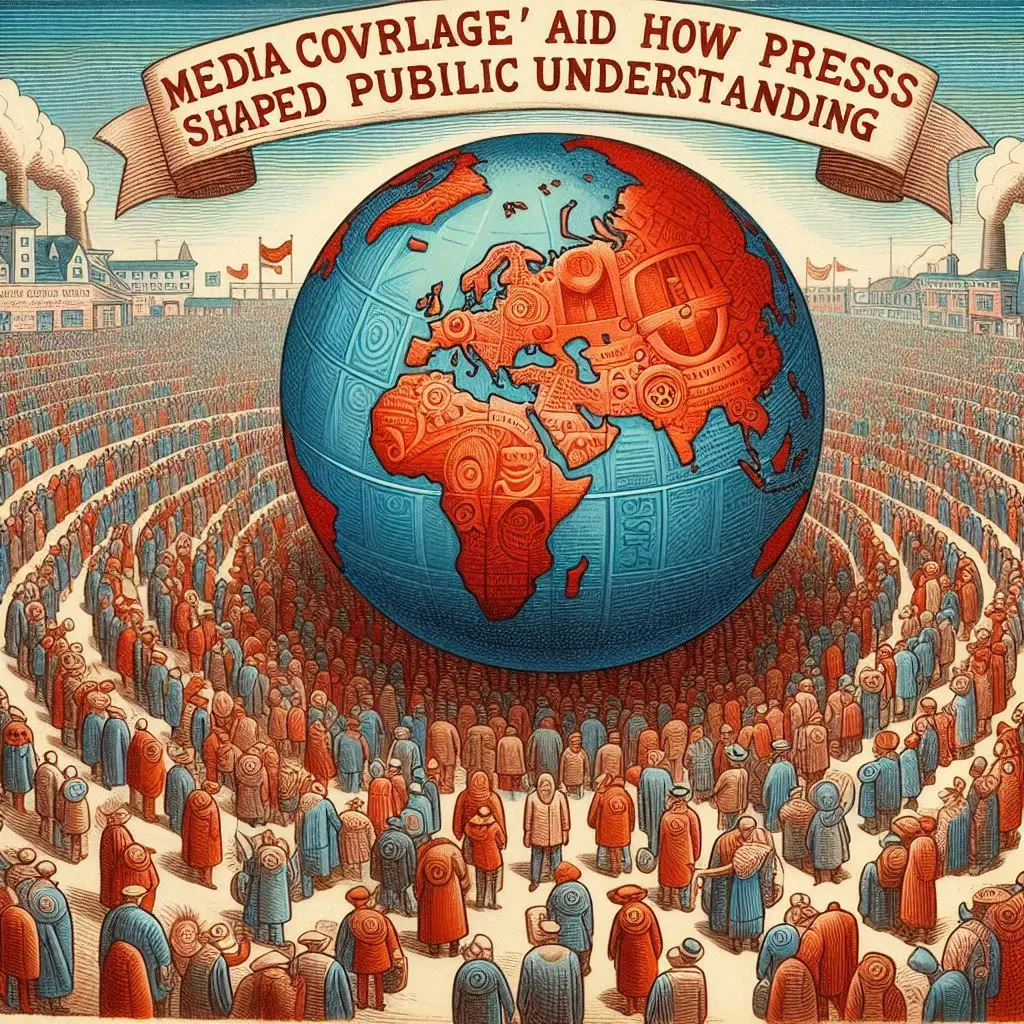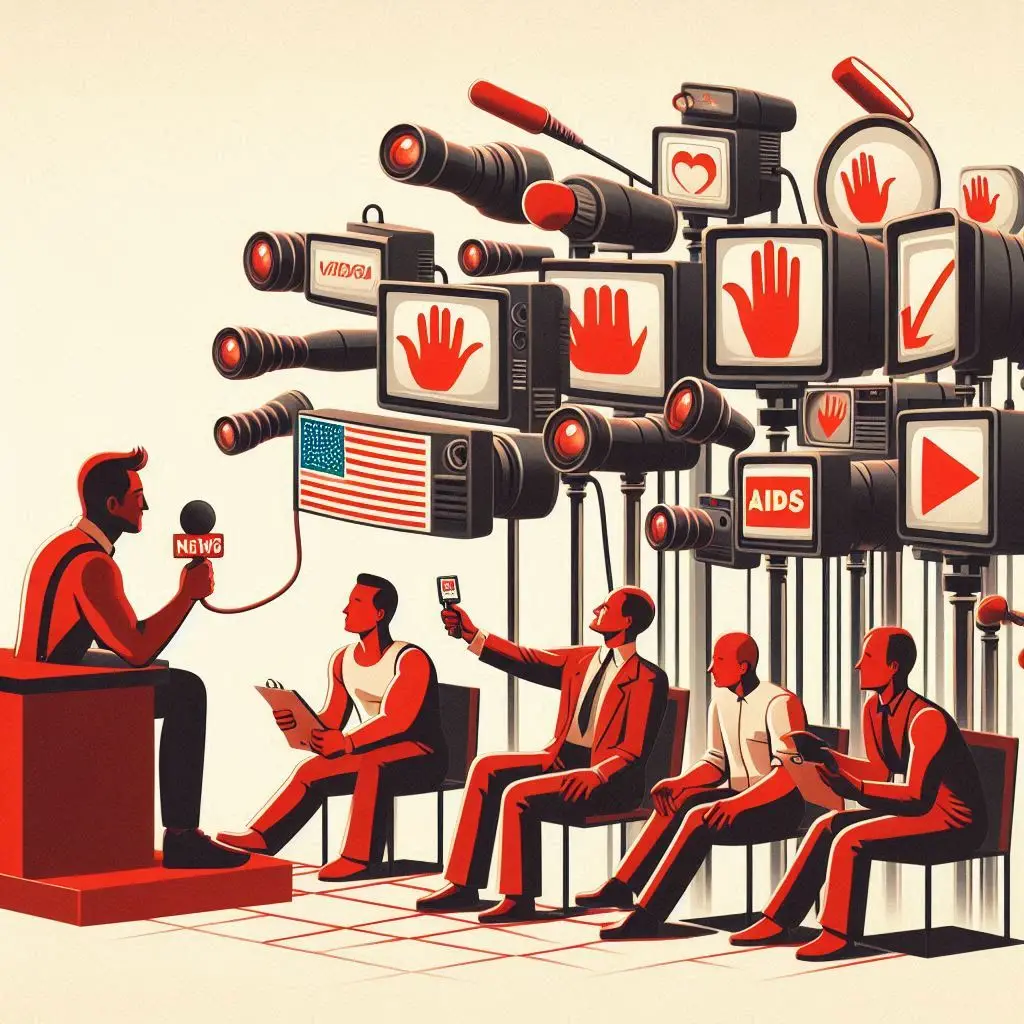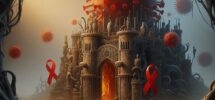In the story of AIDS, the media has played a dual role—both as a mirror reflecting society’s fears and as a megaphone shaping public opinion. From panic-inducing headlines to groundbreaking awareness campaigns, the press has been central in the journey of public understanding, policy response, and global perception. At the core of this media storm lay a haunting question that echoed through headlines, newsrooms, and living rooms across the world: Where did AIDS come from?

Early Media Silence and Delay
In the early 1980s, as AIDS quietly began to spread, mainstream media remained largely silent. The disease, first identified among gay men in the U.S., was initially labeled as “GRID” (Gay-Related Immune Deficiency). Because it was associated with a marginalized community, many news outlets ignored the growing health crisis. This silence allowed myths to flourish, and the question “Where did AIDS come from?” went largely unanswered in the public eye.
This negligence wasn’t just editorial—it was cultural. The media reflected prevailing social stigmas, and by doing so, contributed to a lack of urgency in both government response and public concern. Lives were lost not just to the virus, but to the absence of information.

The Power of a Headline
When the media did begin covering AIDS, it often used alarmist language. Tabloids splashed stories across front pages with sensationalism, not sensitivity. The question “Where did AIDS come from?” was posed in accusatory tones, sometimes with racist or xenophobic undertones, linking the disease to Africa without scientific context.
This approach only deepened public confusion. Without clear scientific information, people turned to rumors and conspiracy theories—some even believed AIDS was a government creation or a punishment. The lack of factual education in early reporting caused lasting damage.
Turning Point: Celebrities and Public Awareness
A major shift occurred when well-known personalities like Rock Hudson and Freddie Mercury brought AIDS into the public spotlight. When Hudson died in 1985, media coverage exploded. Suddenly, the disease was no longer “someone else’s problem.” The press began asking deeper questions—including the pivotal one: “Where did AIDS come from?”
With more responsible reporting, media outlets began sharing the scientific consensus: HIV originated from a zoonotic transmission of SIV (Simian Immunodeficiency Virus) from chimpanzees in Central Africa. This occurred when hunters were exposed to infected blood, likely in the early 20th century. Slowly, truth replaced terror.
From Stigma to Science
By the 1990s and early 2000s, media coverage evolved. Campaigns emphasized prevention, treatment, and compassion. The press helped shift the narrative from fear to facts.
Where previously the media had fumbled the question of “Where did AIDS come from?”—they now began exploring it with depth, context, and evidence. Public health journalists and activists worked together to educate the masses, changing perceptions and saving lives.
Media in the Digital Age
Today, the media landscape is broader and faster than ever. Movements like #UequalsU and World AIDS Day gain momentum online. However, misinformation can still spread rapidly, making accurate, science-based journalism more crucial than ever.
Modern reporting continues to revisit the origins of HIV/AIDS, regularly answering “Where did AIDS come from?” with educational infographics, scientific breakdowns, and survivor stories. The digital media era offers new tools to fight old myths.
From Panic to Progress
The media has undeniably shaped the world’s understanding of AIDS—for better and for worse. Early failures in coverage delayed awareness and action. But over time, the press grew into a powerful ally, helping the world understand not just how AIDS spreads, but where AIDS came from, why it matters, and how we can fight it together.
By holding onto truth, fostering empathy, and amplifying education, the media can continue to be a bridge between science and society—ensuring that the lessons of the past shape a healthier, more informed future.


